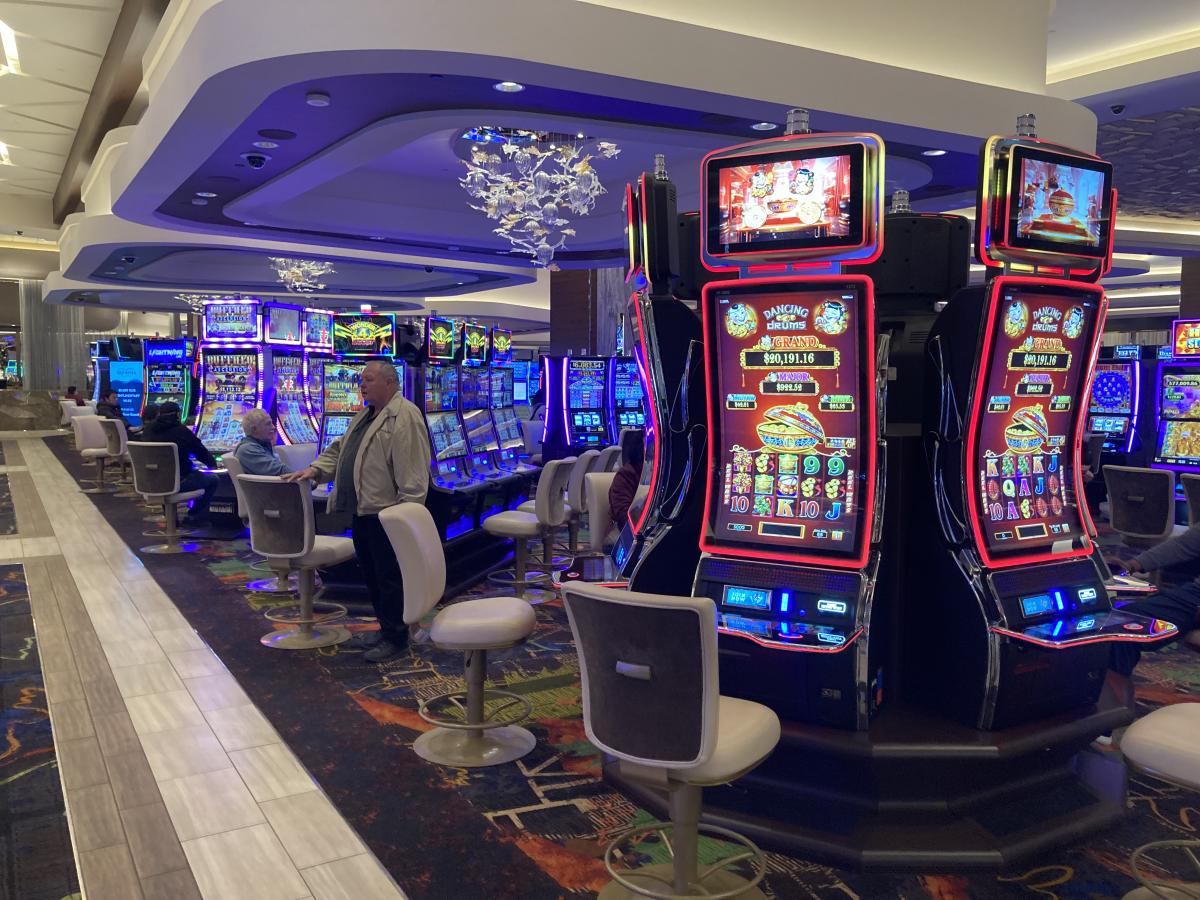
Within the lively and exciting world of gaming establishments, wherein luck and tactics intertwine, hues and aesthetic play a key role in drawing in gamblers. As soon as visitors step inside a casino or log into a gaming platform, they are enveloped in a sightly feast that captures their attention and lures them to explore further. Vivid colors, captivating graphics, and innovative layouts are meticulously crafted to create an environment of thrill and anticipation, ultimately enhancing the gaming encounter.
As players move through the dynamic landscape of casino games, they encounter a variety of designs that not only serve visual purposes but also influence emotions and decision-making. Colors like red and gold symbolize riches and luck, while soothing navy and emeralds can create a more tranquil environment. Understanding how these elements work together allows casinos to create an inviting and stimulating atmosphere that encourages players to engage with the games, spend more time at the tables, and boost their general enjoyment.
The Psychology of Tint in Gaming Establishments
Color plays a key role in the creation of casino games, influencing player emotions and actions. Vivid and striking shades, such as red and gold, are often used to incite enthusiasm and capture attention. These shades create a feeling urgency and dynamism, encouraging gamblers to participate more eagerly with the experience. By strategically selecting colors, developers aim to evoke emotions of satisfaction and anticipation, which can enhance the complete gaming experience.
Distinct colors also have psychological meanings that can affect how gamblers perceive their chances of winning. For example, green is often associated with luck and abundance, making it a well-liked choice in activities like the roulette wheel and poker tables. This association can result players to feel more optimistic and confident in their gaming, ultimately motivating them to stake more. Comprehending these associations allows game designers to craft environments that enhance player happiness and loyalty.
In addition, the interface of casino game interfaces often employs gradients and opposing hues to direct players’ responses. For instance, winning combinations may be emphasized with vivid, differing colors, creating a visual cue. This approach reinforces successful results and encourages repeated gameplay. By leveraging color psychology, gambling establishments can develop games that not only captivate players but also keep them involved and committed in their gaming experience.
Design Elements that Attract Gamers
The visual appeal of casino games is primarily influenced by the implementation of vibrant colors. Bright and striking colors are deliberately chosen to create an appealing atmosphere that captures attention. For example, crimson and golds often signify good fortune and prosperity, which is why they are prevalent in the color schemes of gaming machines and table surfaces. These colors not only draw players in, but they also evoke emotions associated with thrill and anticipation, enhancing the total gaming experience.
In addition to color, the design and layout of gambling games play a crucial role in captivating players. Games are designed to be intuitive, ensuring that players can quickly understand the guidelines and mechanics. User-friendly interfaces, along with captivating graphics and animations, help maintain player interest and encourage longer play sessions. The physical elements, such as the feel of the buttons and the sounds of the games, also contribute to a comprehensive sensory experience that keeps players immersed.
In conclusion, conceptual elements in gaming design can significantly influence player choice. Many casino games are inspired by media, fairy tales, or adventure themes, incorporating symbols and characters that connect with players. These themes create a sense of immersion and relatability, making each game feel distinct. When players feel a bond to the concept, they are more likely to opt for that game over others, leading to increased participation and enthusiasm within the gambling environment.
Case Studies: Notable Gambling Table Game Designs
One key example of impressive gambling game design is the popular slot machine series based around hit movies. Games such as those based on the The Wizard of Oz and Game of Thrones utilize dynamic colors and high-quality graphics to immerse players in recognizable narratives. The use of moving visuals and entertaining sound effects grabs the interest of players, building an affective connection to the theme. This strategy merely promotes longer play but also boosts the overall gaming experience, resulting in increased player retention.
Another notable case is the use of the psychology of color in table games like blackjack and roulette. VN88 Casinos often develop these games with rich reds and greens, colors traditionally linked with luck and wealth. For instance, the emerald felt on a 21 table provides a relaxing effect, while the crimson accents in roulette invite excitement. This intentional use of color helps to create an inviting atmosphere that stimulates players to engage, addressing their psychological impulses and boosting their enjoyment.
Finally, online casino games that incorporate community features and vivid, colorful designs have achieved remarkable success in engaging players. Games like Zynga Poker and Slot-O-Mania leverage striking colors and playful animations to establish an inviting online environment. The addition of leaderboards, social sharing options, and in-app rewards encourages competition and community, attracting players in for longer sessions. Such designs not just make the games visually attractive but also underscore social connectivity, a crucial factor in player retention and engagement within digital casino environments.